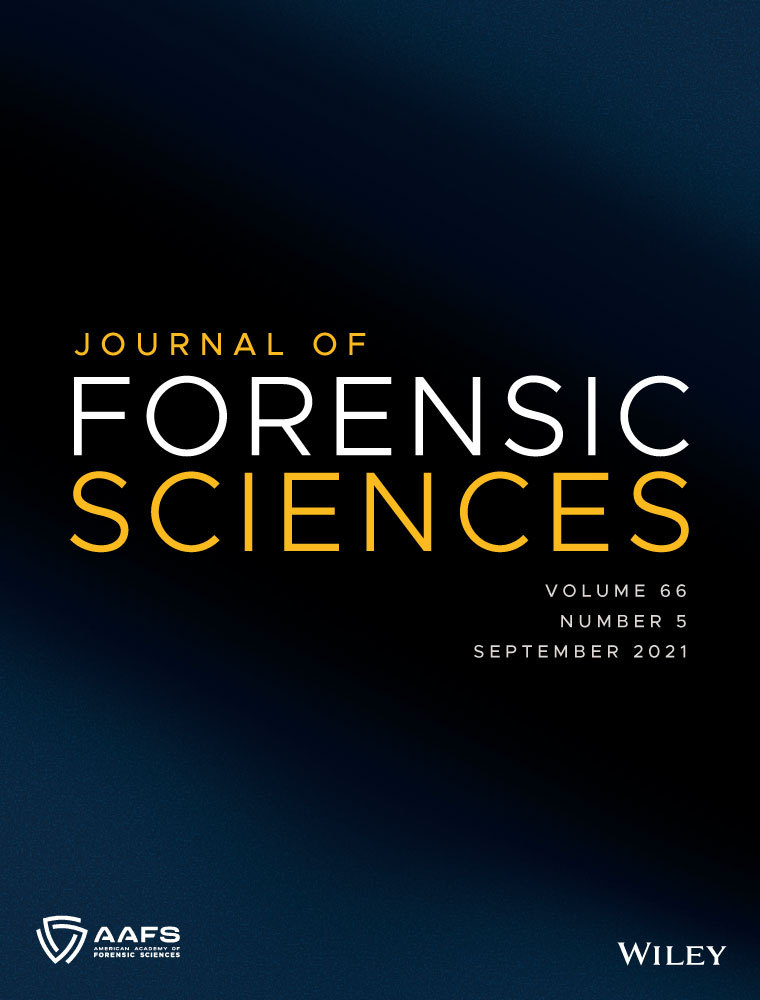Quantification of fentanyl analogs in oral fluid using LC-QTOF-MS
Submitted to be presented at the Society of Forensic Toxicologists (SOFT) Annual Meeting, September 26—October 1, 2021, in Nashville, TN.
Funding information
This project was supported by [Award No. 2017-R2-CX-0019], awarded by the National Institute of Justice, Office of Justice Programs, U.S. Department of Justice. The opinions, findings, and conclusions or recommendations expressed in this publication are those of the authors and do not necessarily reflect those of the Department of Justice.
Abstract
Oral fluid is a valuable alternative matrix for forensic toxicologists due to ease of observed collection, limited biohazardous exposure, and indications of recent drug use. Limited information is available for fentanyl analog prevalence, interpretation, or analysis in oral fluid. With increasing numbers of fentanyl-related driving under the influence of drug (DUID) cases appearing in the United States, the development of detection methods is critical. The purpose of the present study was to develop and validate a quantitative method for fentanyl analogs in oral fluid (collected via Quantisal™) using liquid chromatography-quadrupole-time-of-flight-mass spectrometry (LC-QTOF-MS). Validation resulted in limits of detection and quantification ranging from 0.5 to 1 ng/mL. Established linear range was 1–100 ng/mL for all analytes, except acetyl fentanyl at 0.5–100 ng/mL (R2 > 0.994). Within- and between-run precision and bias were considered acceptable with maximum values of ±15.2%CV and ±14.1%, respectively. Matrix effects exhibited ionization enhancement for all analytes with intensified enhancement at a low concentration (9.3–47.4%). No interferences or carryover was observed. Fentanyl analogs were stable in processed extracts stored in the autosampler (4⁰C) for 48h. The validated method was used to quantify fentanyl analogs in authentic oral fluid samples (n=17) from probationers/parolees. Fentanyl and 4-ANPP concentrations were 1.0–104.5 ng/mL and 1.2–5.7 ng/mL, respectively.




